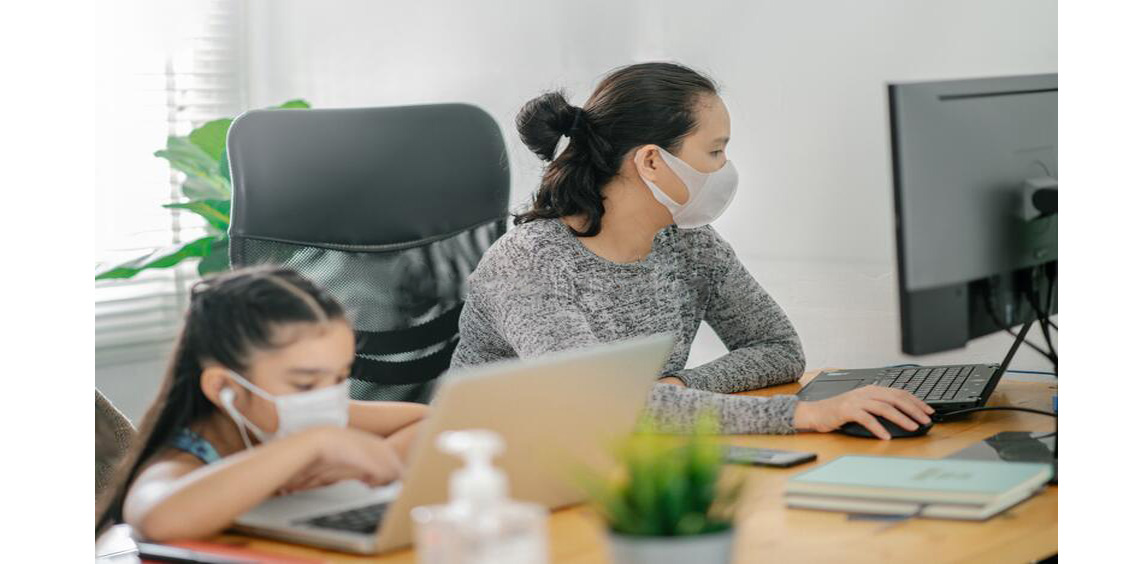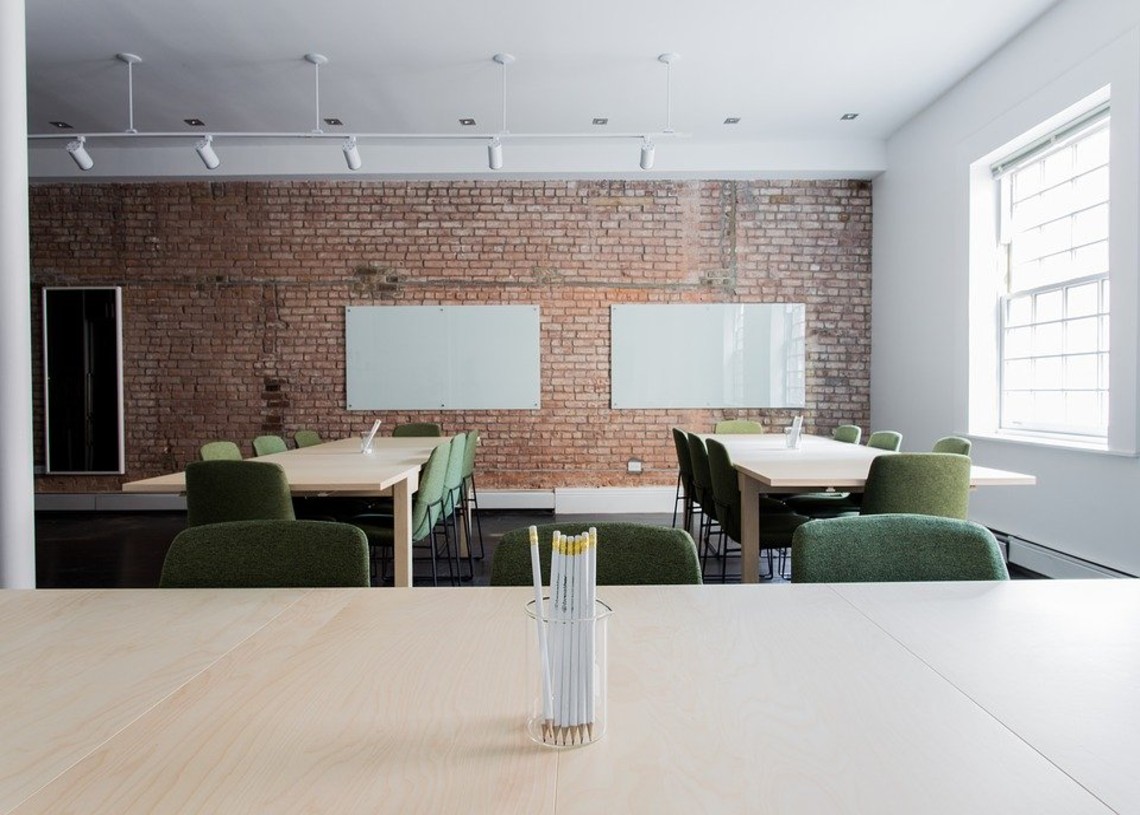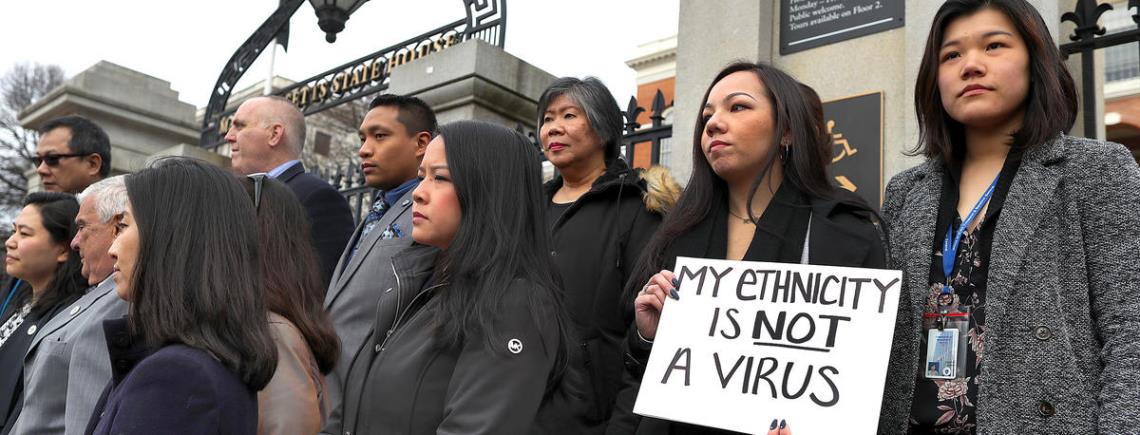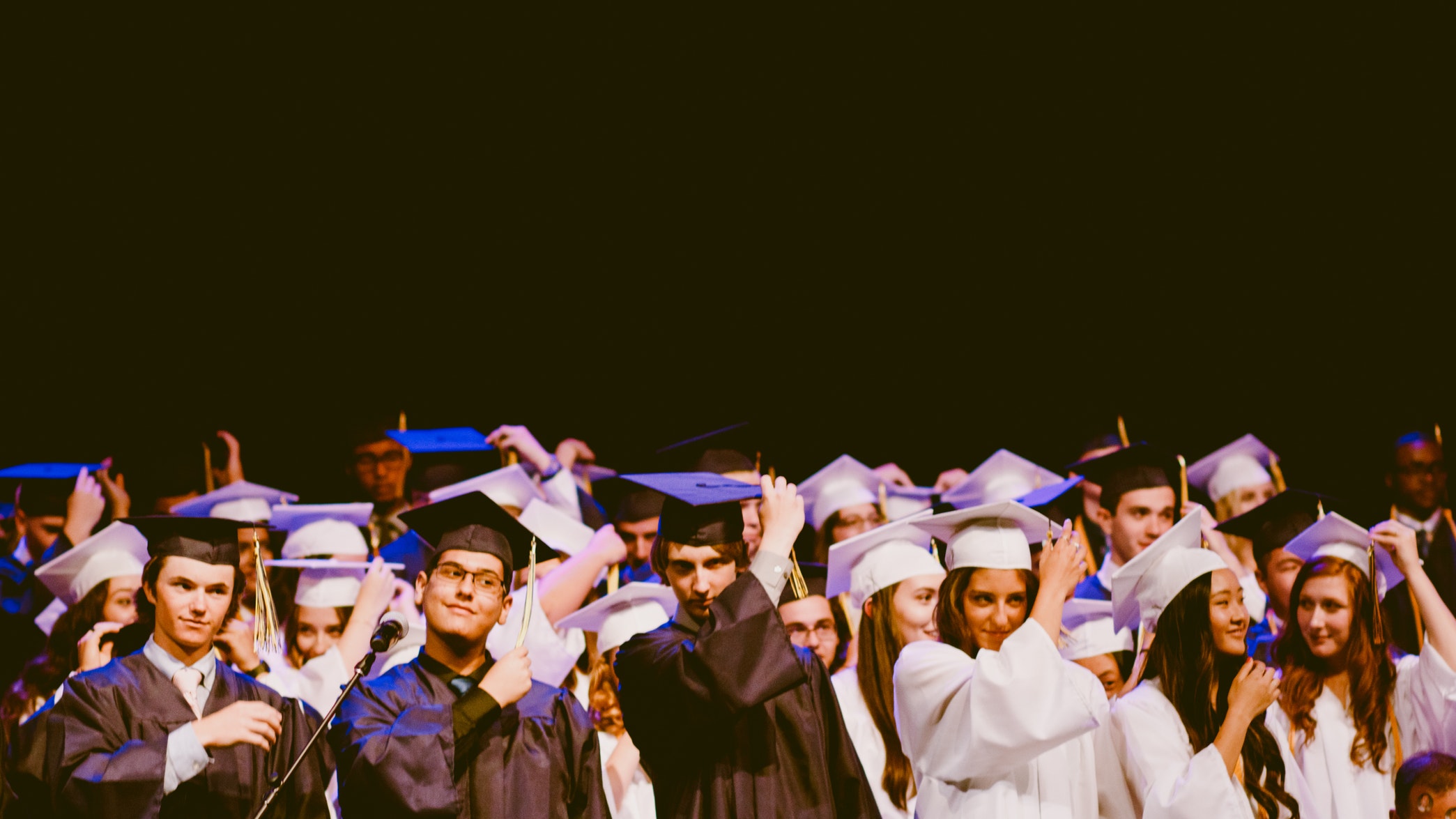Teachers are concerned about the inefficiency of online learning during lockdown will replicate during normal school terms.
The inefficiency of online learning discovered
During the lockdown, only 40 percent of the students attended class sessions with their teachers. In a short span of time, the inefficiency of online learning was well exposed. This leads us to the question; will it be an effective mode of education?
According to the National Foundation for Educational Research (NFER), less than 40 percent of the students who attended online classes are diligent in submitting homework and activities handed over to them. And most of the students underperforming during the lockdown online learning program are those coming from disadvantaged families.
In a separate study, the Institute of Education at the University of College London has found out that the inefficiency of online learning is influenced by the lack of on-screen time for learning purposes. Most children stray away from online learning and divert their attention to other entertaining content on the internet.
Educational gap
Education experts fear that the inefficiency of online learning during lockdown will translate into the actual school term, which in turn will create an educational rift on the students.
A huge percentage will be certainly left behind if schools reopen early. Not all families can provide for online learning. Parent’s will be in doubt in sending their children to physical schools while the pandemic isn’t contained.
Teachers and school administrators are asking for help from the government to ensure that school facilities are repaired and custom fit to abide by sanitation guidelines.
Physical classes are really essential to close up the educational gap among students who were bereaved of education during the lockdown.
The only way to resume physical classes is having an organized system that schools shall follow in dealing with students with utmost sanitary precaution.
Everyone is hoping that this pandemic shall not totally ruin the future of the students caught in between this struggle for continuous learning.







